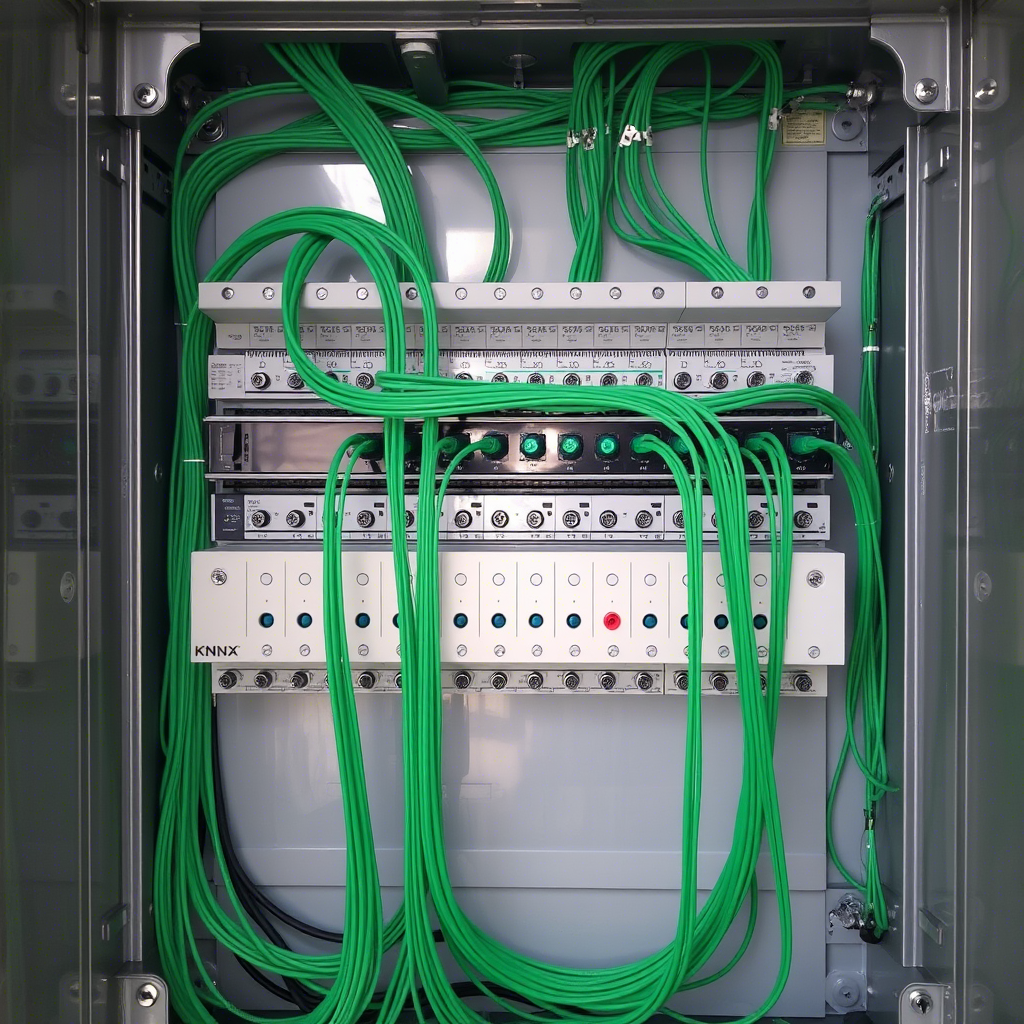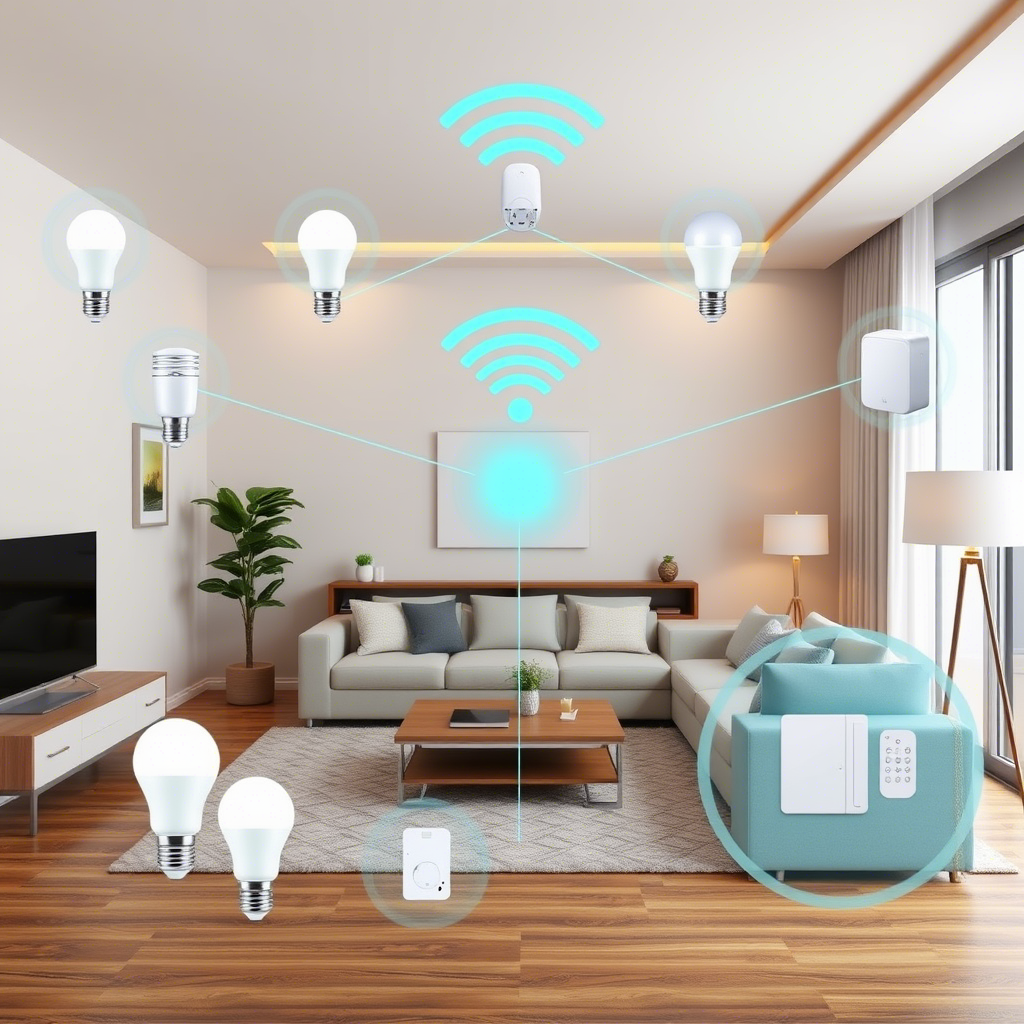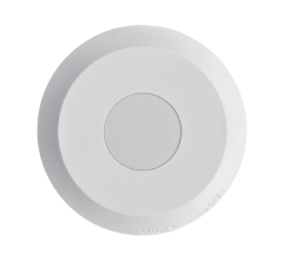Home automation is revolutionizing how we interact with our living spaces, making homes smarter, more efficient, and secure. However, when designing a home automation system, one of the key decisions is whether to opt for a centralized or decentralized approach. Each has its own advantages and limitations, and the right choice depends on your specific needs.
What is Centralized Home Automation?
A centralized home automation system relies on a single central controller or server that manages all devices. All smart devices—lighting, HVAC, security, blinds, and more—are connected via wired communication to a central hub.

KNX: A Reliable Choice for Centralized Wiring
KNX is one of the most established and reliable protocols for centralized home automation. It operates on a wired infrastructure (twisted pair cables, Ethernet, or powerline communication) and ensures:
High reliability: Since devices communicate through dedicated wiring, there is minimal risk of signal interference.
Scalability: KNX supports a wide range of devices and can integrate seamlessly into large homes, offices, and commercial buildings.
Security: Wired systems like KNX are harder to hack compared to wireless alternatives.
Energy efficiency: KNX systems are designed to optimize energy use, reducing long-term operational costs.

Drawbacks of Centralized Automation
Higher installation costs: Requires professional wiring, making it more expensive upfront.
Complex maintenance: If the central controller fails, the entire system may be affected.
Limited flexibility: Expanding or modifying a centralized system can require additional wiring and configuration.
What is Decentralized Home Automation?
A decentralized home automation system operates without a single point of control. Devices communicate directly with each other using wireless protocols, creating a mesh network that enhances reliability and flexibility.
Recommended Decentralized Protocols
Z-Wave
Operates on a low-frequency band (908.42 MHz), reducing interference with Wi-Fi.
Uses a mesh network, meaning each device strengthens the overall network.
Highly energy-efficient, making it ideal for battery-powered devices.
Zigbee
Works on the 2.4 GHz frequency, offering higher data transfer speeds.
Supports thousands of devices in a single network.
Offers strong encryption and security features.
Wi-Fi-Based Systems
Devices communicate via Wi-Fi, eliminating the need for a hub.
Suitable for small-scale automation but can suffer from network congestion.
Choosing the Right Centralized vs Decentralized Home Automation
The choice between centralized and decentralized automation depends on:
Project Size: Large commercial buildings benefit from centralized (KNX) automation, while homes and apartments are better suited for decentralized (Z-Wave, Zigbee) solutions.
Budget: Centralized systems have higher initial costs but offer long-term reliability. Decentralized systems are more affordable and easier to upgrade.
Security Needs: KNX provides robust security through wired infrastructure, while Z-Wave and Zigbee require advanced encryption to prevent hacking.
Conclusion
Both centralized (KNX) and decentralized (Z-Wave, Zigbee, Wi-Fi) home automation systems have their unique strengths. A well-planned automation system should align with your needs, budget, and future scalability. If you need professional assistance in selecting the best home automation solution, feel free to reach out to us!






